
Thank you to everyone who is watching or listening to my podcast, How Do You Use ChatGPT? If you want to see a collection of all of the prompts and responses in one place, Every contributor Rhea Purohit is breaking them down for you to replicate. Let us know in the comments if you find these guides useful. —Dan Shipper
Sometimes I get lost going down internet rabbit holes.
While writing a piece based on Tyler Cowen’s interview on How Do You Use ChatGPT?, I found myself feverishly scrolling through the scanned pages of a 1979 book to find the author’s claim that a computer would never beat a human chess champion. All because Cowen said that watching AI play chess sparked his enthusiasm for the technology. (I found the answer on the second paragraph on page 675, in case you were wondering.)
The anecdotes I find at the deep end of internet rabbit holes rarely make it to the final version of the article. In fact, the further I dive, the less cognizant I am of how relevant these anecdotes are to what I’m writing about. Rabbit holes are useful, but I struggle to emerge with a good sense of what I find there.
In a recent episode of How Do You Use ChatGPT?, Dan Shipper and Steph Smith did just that—they dove down internet rabbit holes and came back with valuable nuggets of information. More specifically, they use the internet to vet ideas for new businesses.
Smith is a prolific online creator, host of the a16z Podcast, author of Doing Content Right (a book about writing a successful blog), and creator of Internet Pipes, a toolkit to surface useful insights from the internet. In this interview, they discuss how Smith uses a suite of tools and strategies to find hidden trends and vet business ideas online. As they talk, Dan pitches two main business ideas to Smith, and they use different tools to figure out if they are worth pursuing.
I came away from this conversation inspired, with a fresh perspective on internet rabbit holes and how to leverage them for useful information. If you spend a lot of time online and want to make money on the internet, follow along for a masterclass on how to validate business ideas quickly and cheaply.
We’ve charted out Dan and Steph’s research journey on the internet below, with accompanying screenshots to further clarify their process.
The first potential business opportunity Dan and Steph explore involves selling insulated baseball caps. Smith’s first move while vetting a business idea online is typing the idea into Google’s search bar. Her rationale is that because of the number of people who use Google to find things, it’s effectively a giant data set that reflects what people are searching for. Smith’s search query is “warm baseball cap.”
All screenshots courtesy of How Do You Use ChatGPT?
Smith uses an online marketing research tool called Keywords Everywhere to surface insights from the internet as she browses. The plugin records a few metrics under Google’s search bar, including the search volume, i.e., the number of searches per month. Smith notes that the search volume for a warm baseball cap—320 searches per month—is low. However, she thinks it would be worth doing a secondary keyword analysis to find out if people are, in fact, searching for warm baseball caps, but are using different words to look for it. Before diving into that deeper analysis, Smith decides to review some of the products already available on the market. She clicks on the Amazon link in the sponsored section of the search results.
Smith points out that reading customer reviews of a competitor’s product is a good way to understand the market. She recommends reading two- and three-star reviews because they tend to represent more balanced opinions. These reviews offer insights about what people really want because they typically include comments about the parts of the product that people were satisfied and/or dissatisfied with.
From Smith’s reading of the two- and three-star reviews of the product, she isn’t sure if there’s a glaring market for warm baseball caps. However, she notices that many reviews made comments about the cap not being warm enough—for example, a complaint that the ear flaps were too thin. Smith concludes that if one were to pursue a business opportunity in this space, it would be key to remember that being warm is a priority for potential customers.
At this juncture, Smith notes that from a cursory search it doesn’t appear that there is a huge market for warm baseball hats. She takes this opportunity to mention that while conducting this search it’s important to know what kind of business you want to run. For instance, while these metrics can inform you about the market size, it’s up to you to decide if it aligns with your goals, be it running a side hustle for passive income or a big, scalable business.
Talking about profitable small businesses reminds Smith of Etsy, the online marketplace for individual sellers, so she decides to look for “warm baseball caps” on that platform.
As Dan and Steph scroll through the results on Etsy, they find that most sellers seem to be adding ear flaps to an ordinary-looking baseball cap. Dan mentions that he doesn’t like how the ear flaps look, and the cap that he wants would probably be lined with a warm material so that the cap retains heat. From that, Smith says that Dan seems to be looking for a thick cap, not a warm baseball cap. She types in “thick baseball cap” into the Google search bar to understand that market better.
There’s zero search volume for thick baseball caps, but Smith suggests doing a secondary keyword analysis using her online marketing extension of choice, Keywords Everywhere.
While reading the secondary keyword analysis, Smith looks at synonyms for the product as a sign that people are actually looking for it using different words. She says that if the secondary keywords are unrelated, like it seems to be the case for thick baseball caps, it’s a strong indicator that nobody is really searching for the product you’re thinking about.
By and large, much to Dan’s disappointment, there doesn’t seem to be a market for insulated baseball caps. The second business idea Dan and Steph decide to investigate is the demand for khao soi, a Thai noodle dish that they both enjoy.
The first thing Smith does—yep, you guessed it—is simply Google “khao soi.”
Smith acknowledges that the search query itself might not seem very interesting, but points out that the results listed on Google are a great indicator of what people are looking for. For example, the fact that most of the results for khao soi are recipes is telling.
Smith also notes that the search volume of khao soi is about 110,000. She reiterates that the absolute search volume doesn’t necessarily tell you if a business is good or bad; it just helps you slot the business opportunity into the correct category by market size. Another helpful tip to contextualize raw search volume is checking the numbers for more obviously popular options, like pad thai or green curry, in this case.
An important part of Smith’s research journey is exploring related spaces on the internet, even though that might not be overtly data-driven. She looks for nearby restaurants that would serve khao soi.
As Smith scrolls through the results, she notices that most of the restaurants that serve khao soi are not highly rated. This is an interesting location-specific insight that could be leveraged as Steph and Dan dive deeper into validating potential business ideas.
For the moment, Smith goes back to the Google search results to examine the insights that Keywords Everywhere has unearthed in more detail.
As they go through the list of terms that people who have googled khao soi also search for, Steph asks Dan what kind of business he would like to build, and Dan says he would want to assess market demand for a direct-to-consumer (D2C) curry paste for khao soi.
Having explored a few parameters on Google, Smith’s research process takes her to Reddit, or more specifically, tools that use data from Reddit. Some of her favorite tools to do this have been made by indie developer Andrei Kashcha. Smith uses two tools that visualize the interconnections between related subreddits. She recommends starting with a broad search query, in this case, “Thailand.”
Since this doesn’t bring up too many results, Smith tries searching for “ThaiFood.”
Smith says that this seems to be a more densely populated part of the internet. As she looks over the visualization, she spots a trend of subreddits with amusing names, all premised around discussing bad versions of dishes like ramen. The insight from even something like this, which seems silly, she explains, is that popular dishes seem to have super fans who take offense when the dish is prepared badly.
Next, Smith dives into GummySearch, another Reddit search tool. Since the platform categorizes data from Reddit based on the audience you ask it to search for, Smith types in “ThaiFood” once again.
This tool distills data from subreddits into digestible information. For example, it surfaces content about top posts, emerging themes, and a sketch of the types of people that engage with the posts. Smith notes that the ThaiFood subreddit had only 10,000 people, which is why the data that Gummy Search found is not very specific.
Smith’s next step is to step back from the product and do a competitor analysis. Since they decided on creating a business around a D2C curry paste, Smith heads over to Google to search for a “khao soi recipe kit.”
There is zero search volume for a “khao soi recipe kit,” but the Google results do list products that could be potential competitors to Dan’s D2C curry paste. Smith notices that some of these competitors sell their product on Amazon, so she uses Jungle Scout, an Amazon analytics tool, to get a closer look at their business.
From the search results on Jungle Scout, Smith’s preliminary conclusion is that the market for khao soi is a low-volume keyword with moderate competition that isn’t earning high revenues, which doesn’t seem to be the best niche to start a business in. She also takes the opportunity to highlight that going down an internet rabbithole may not always give you a clear answer, but it will definitely give you data-based context.
Another tool Smith uses for competitor research is Similarweb, where she puts in the URL of a recipe kit website, a potential competitor to Dan’s D2C curry paste.
The tool finds data like the kind of marketing channels being used by the recipe kit website. Smith explains that this could be helpful to both understand the market better—for instance, if most competitors use organic search, it might indicate that this is a product where paid search doesn’t work—and develop an informed marketing strategy. It also provides a list of other related websites which Smith points out can help you identify more competitors.
The last corner of the internet Smith looks at while validating this business idea is Google Trends, where she searches for “khao soi.”
Smith thinks that seeing the graph for khao soi is definitely an encouraging sign.
It looks like khao soi might be a better business than warm baseball caps. But, as they wrap up their exploration, Smith remarks that the internet will never tell you if a business is good or bad—it will simply give you the context to decide if it’s the right business for you. Her hope is that giving people the tools to understand what the market wants will lead to better products being built.
I hope so, too. A product that’ll help me come up with just the right anecdote for my essays faster, perhaps?
Rhea Purohit is a contributing writer for Every focused on research-driven storytelling in tech. You can follow her on X at @RheaPurohit1 and on LinkedIn, and Every on X at @every and on LinkedIn.
The Only Subscription
You Need to
Stay at the
Edge of AI
The essential toolkit for those shaping the future
"This might be the best value you
can get from an AI subscription."
- Jay S.
Join 100,000+ leaders, builders, and innovators

Email address
Already have an account? Sign in
What is included in a subscription?
Daily insights from AI pioneers + early access to powerful AI tools
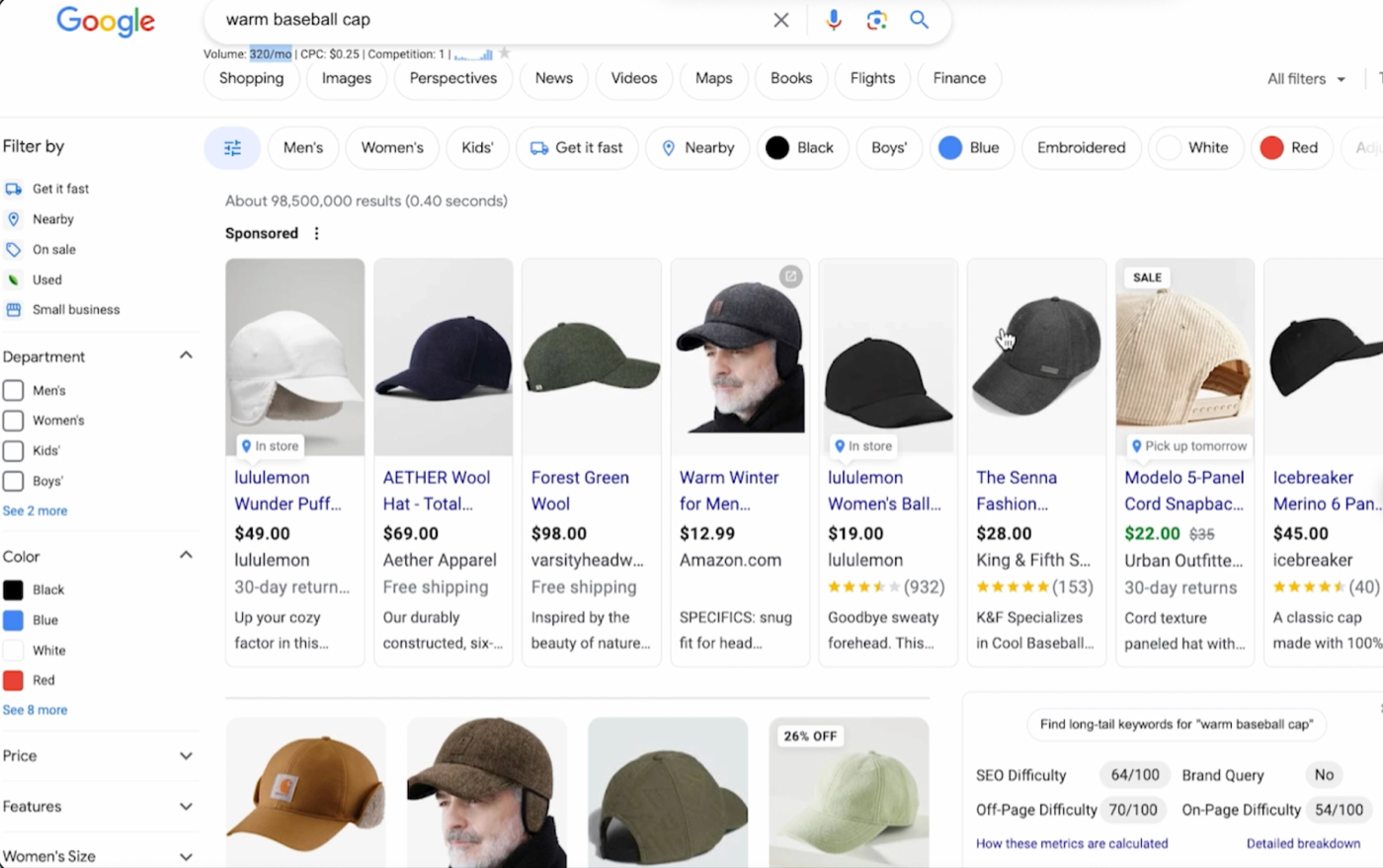
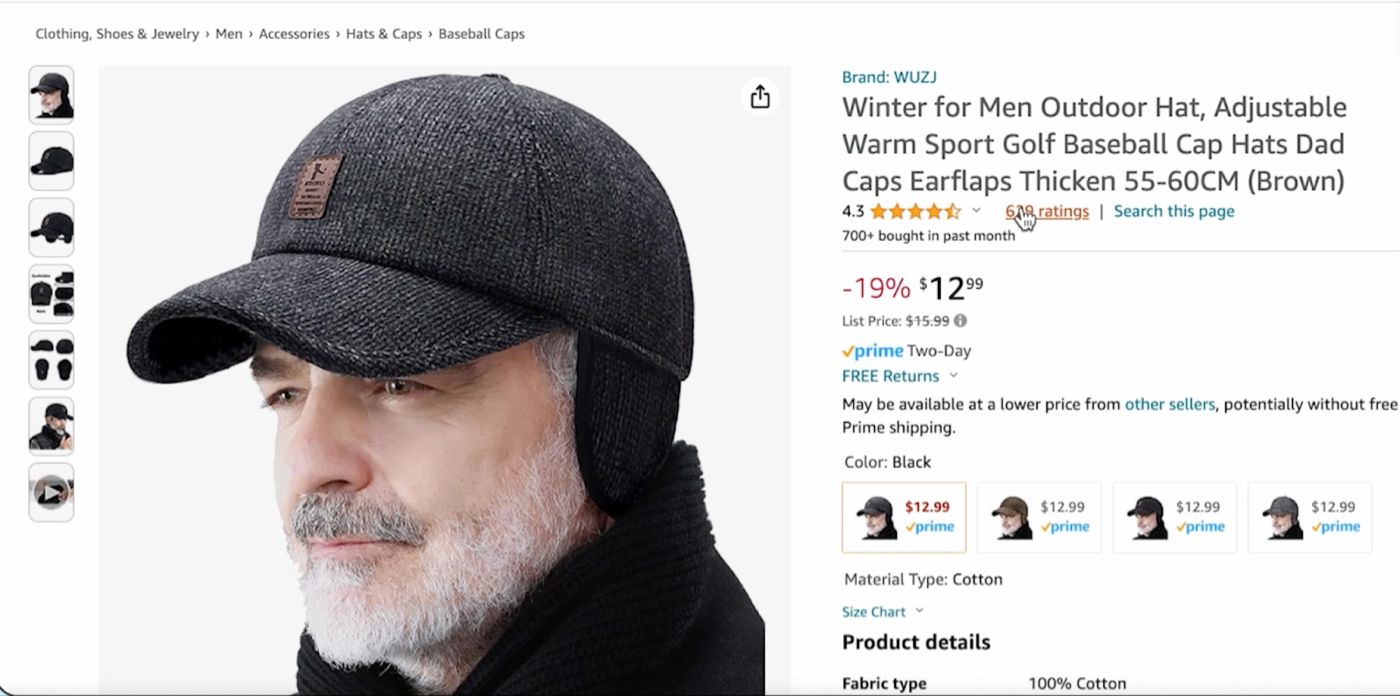
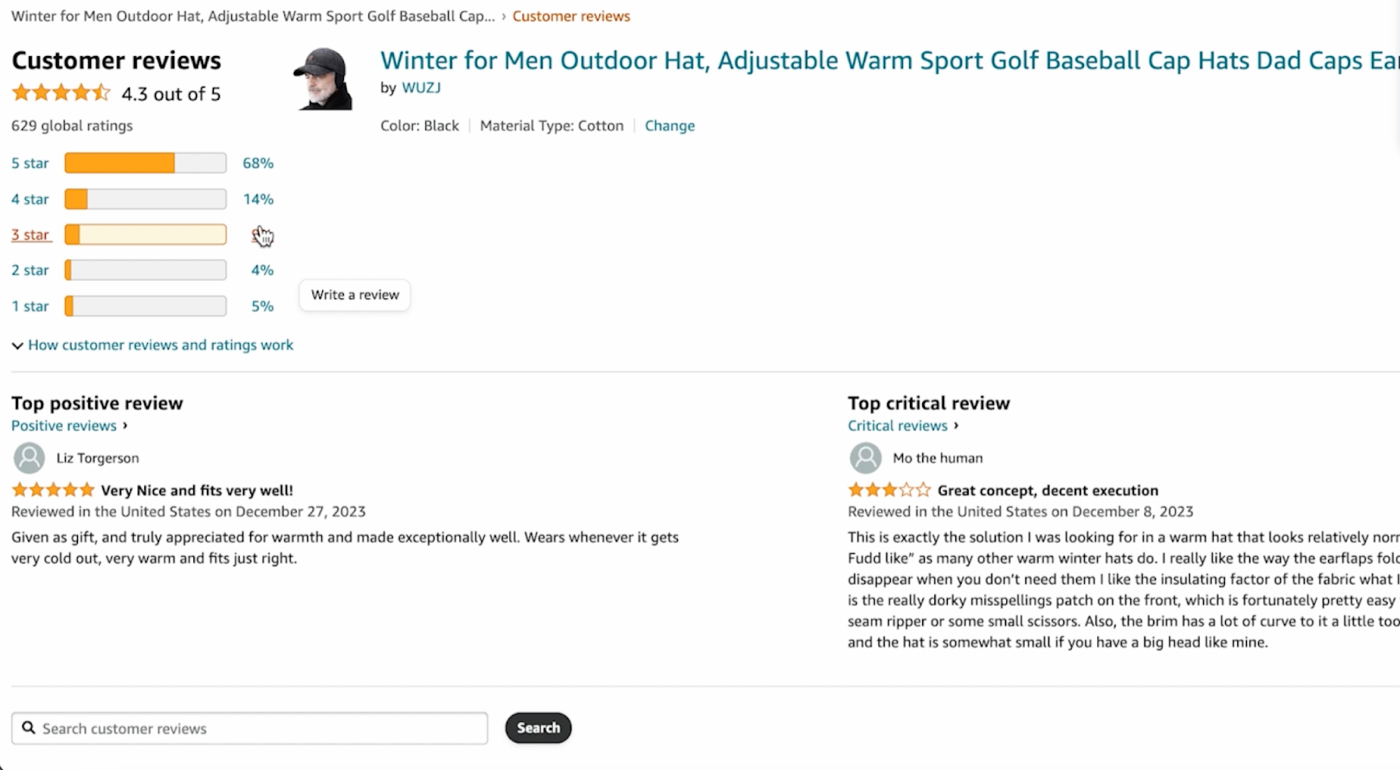
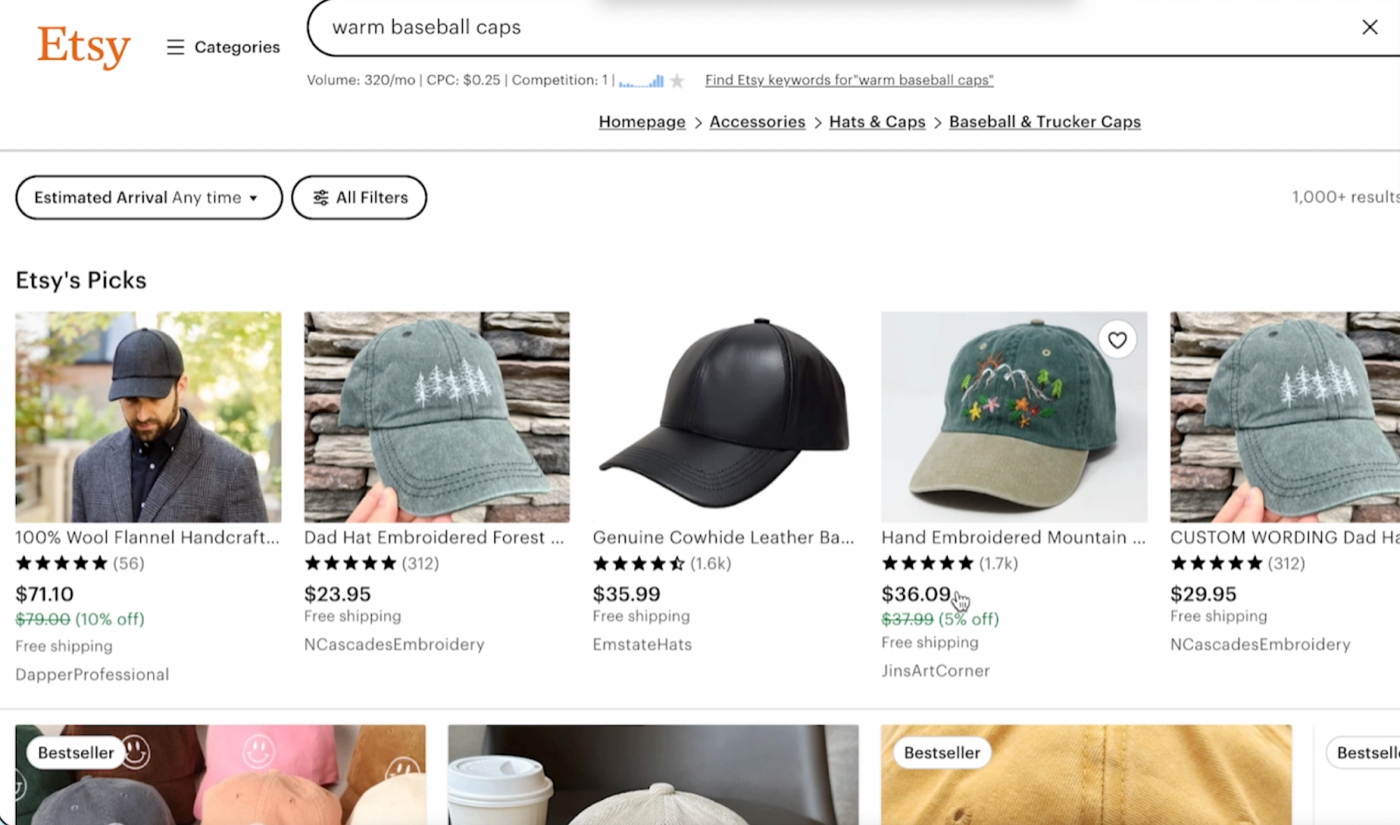
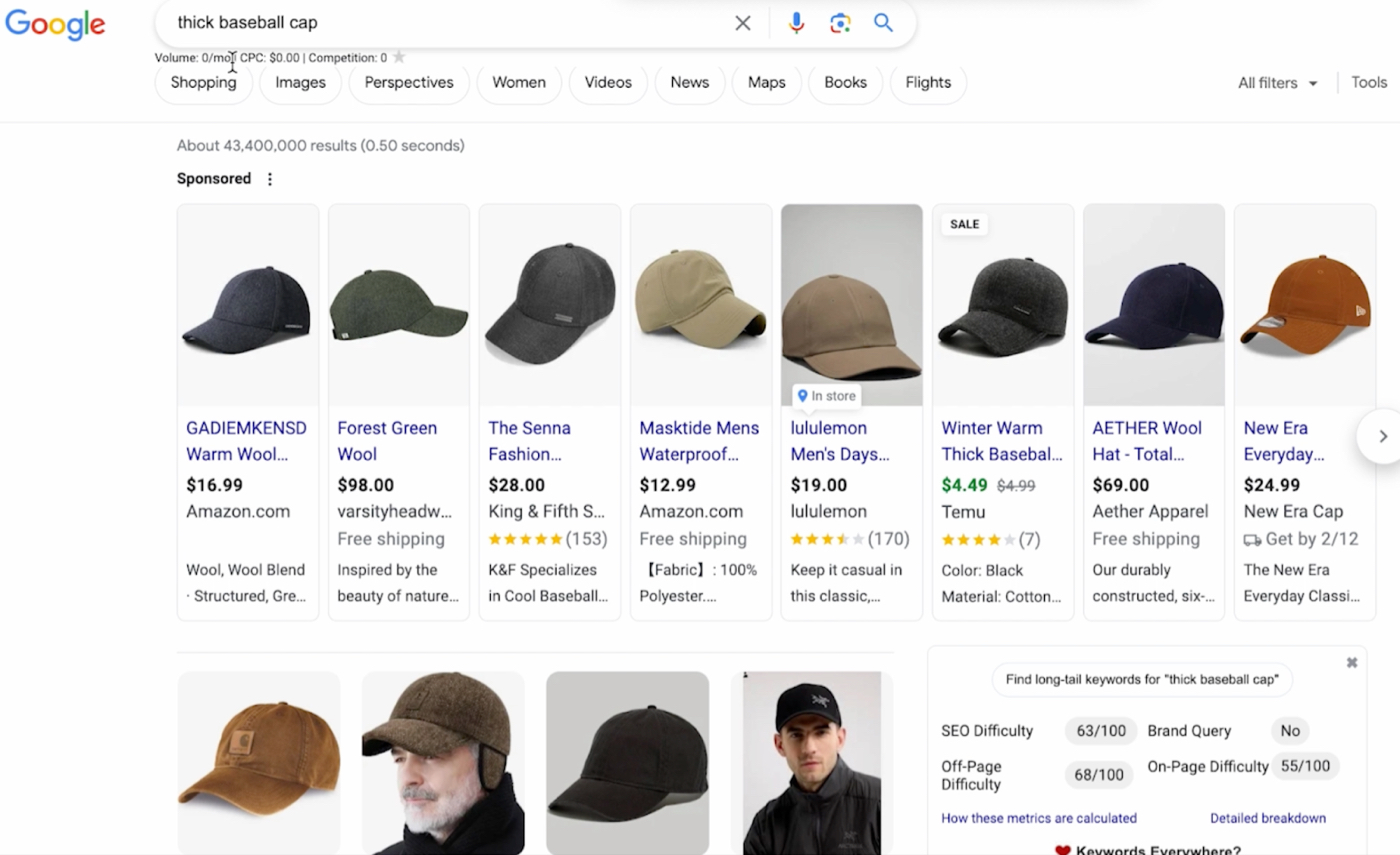
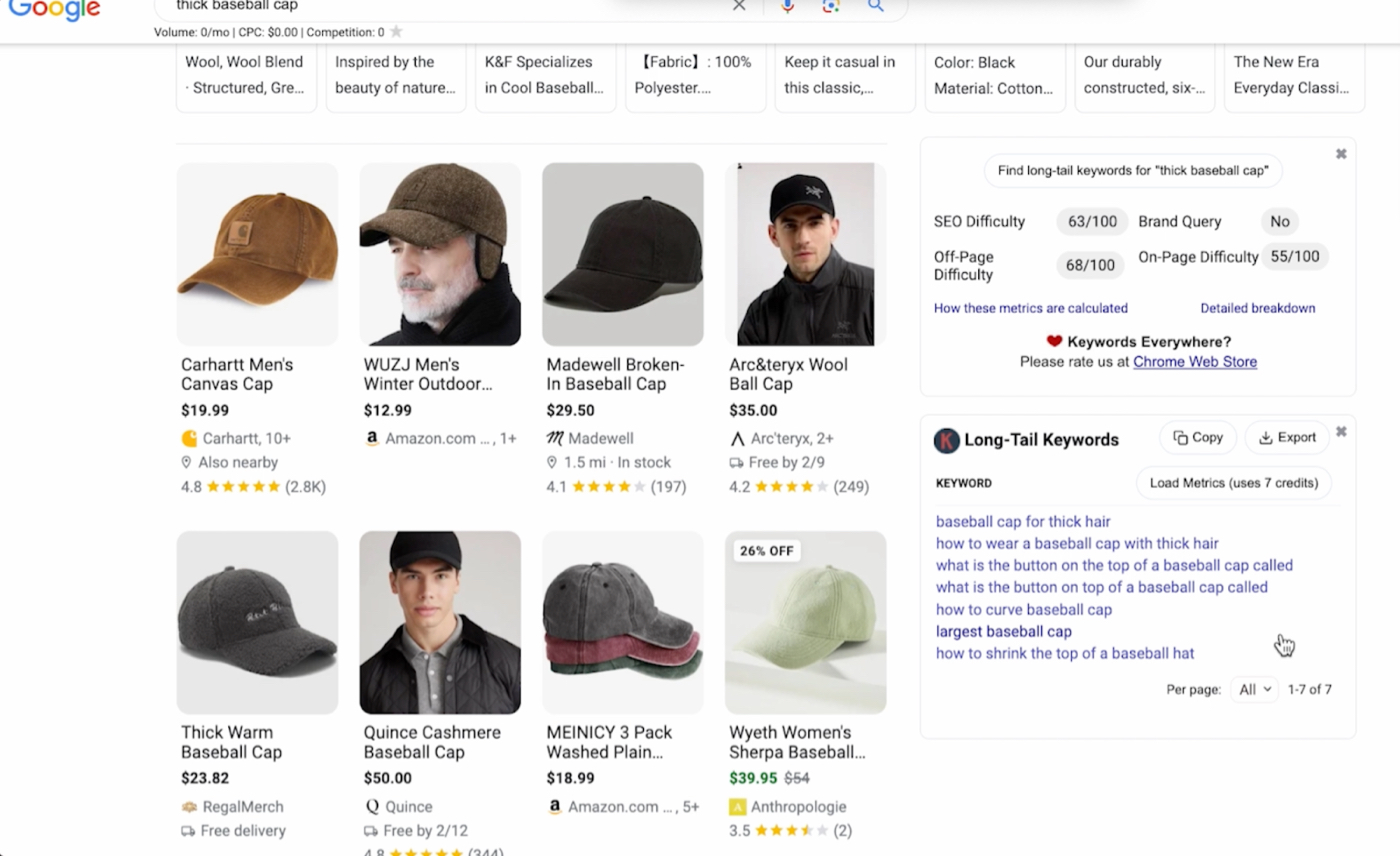
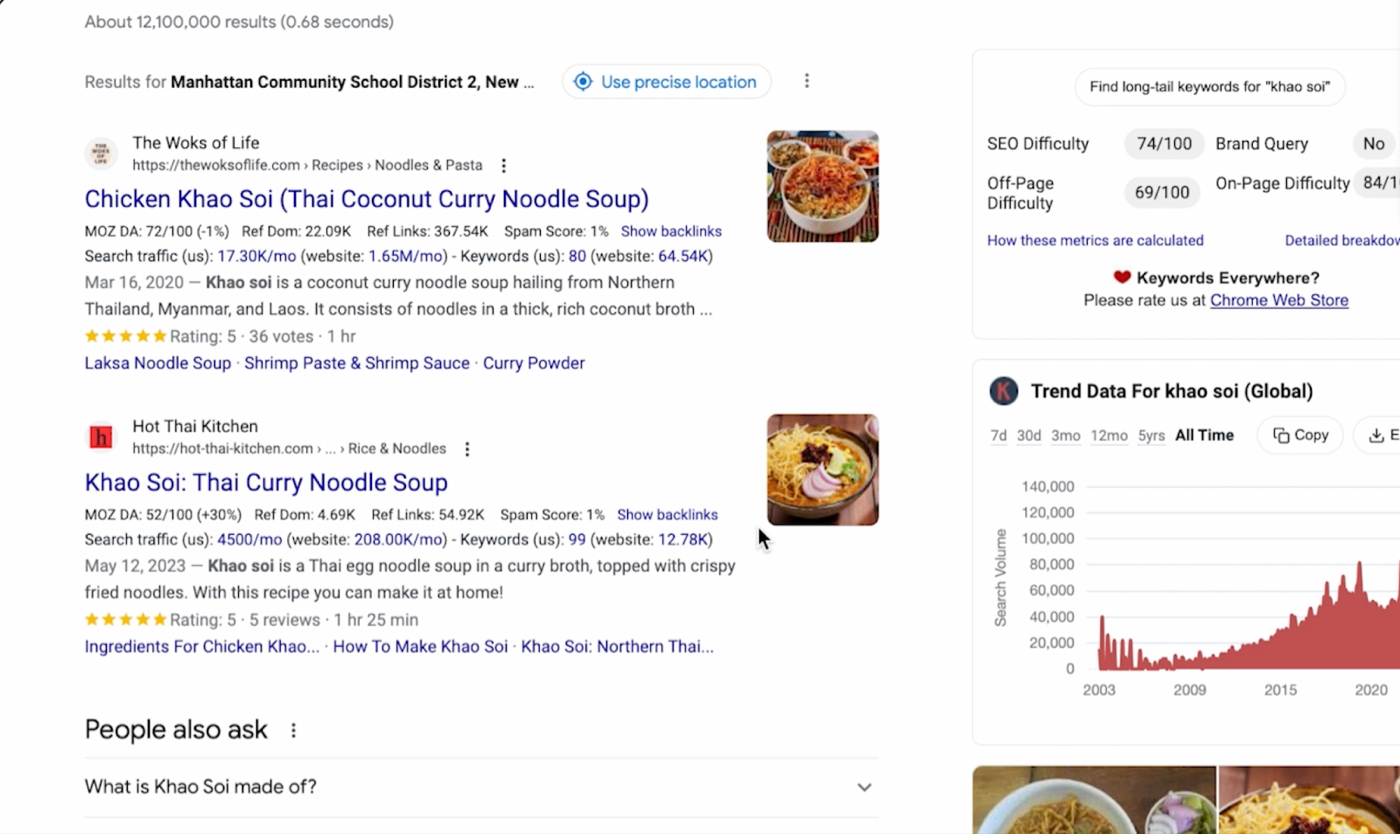
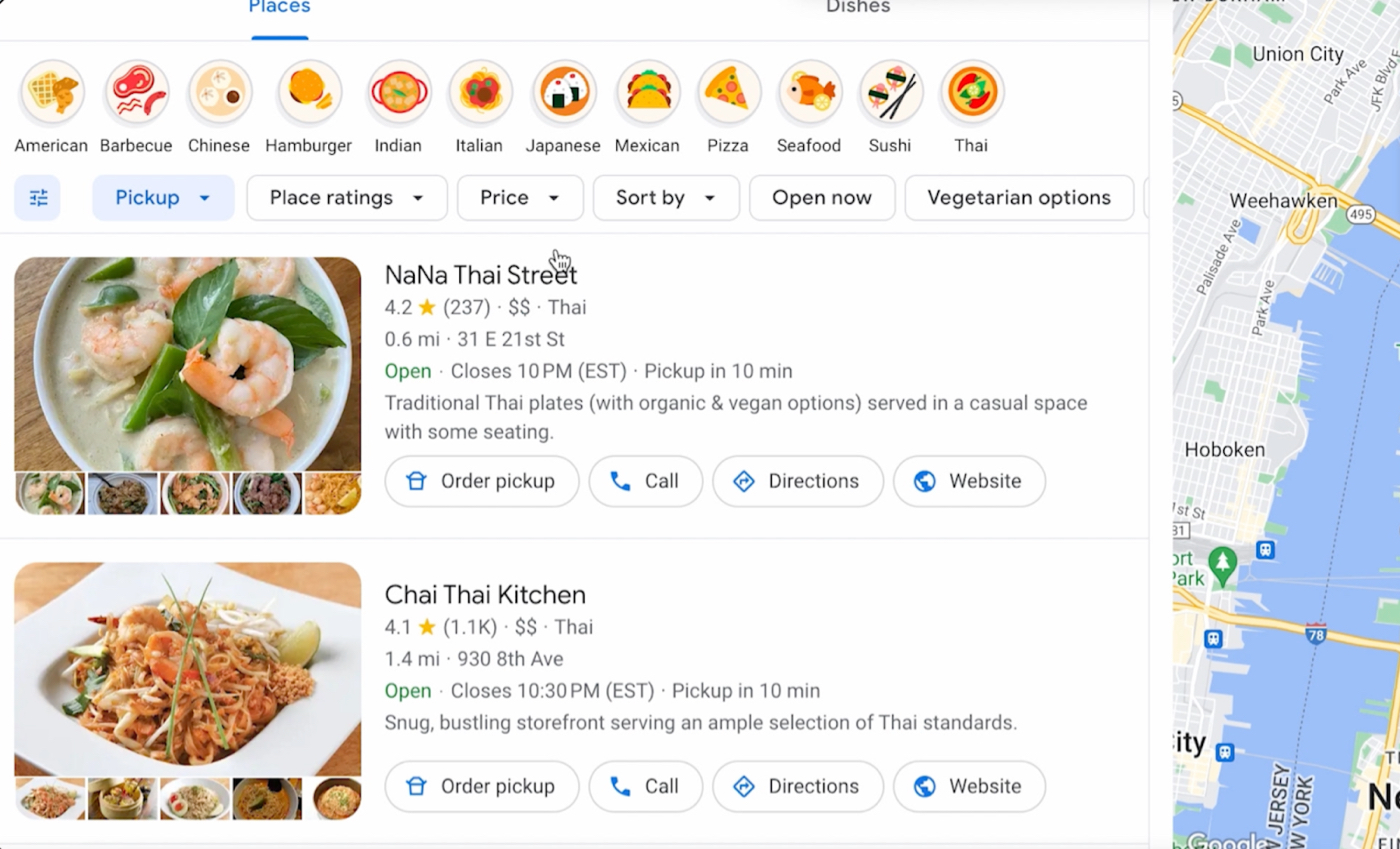
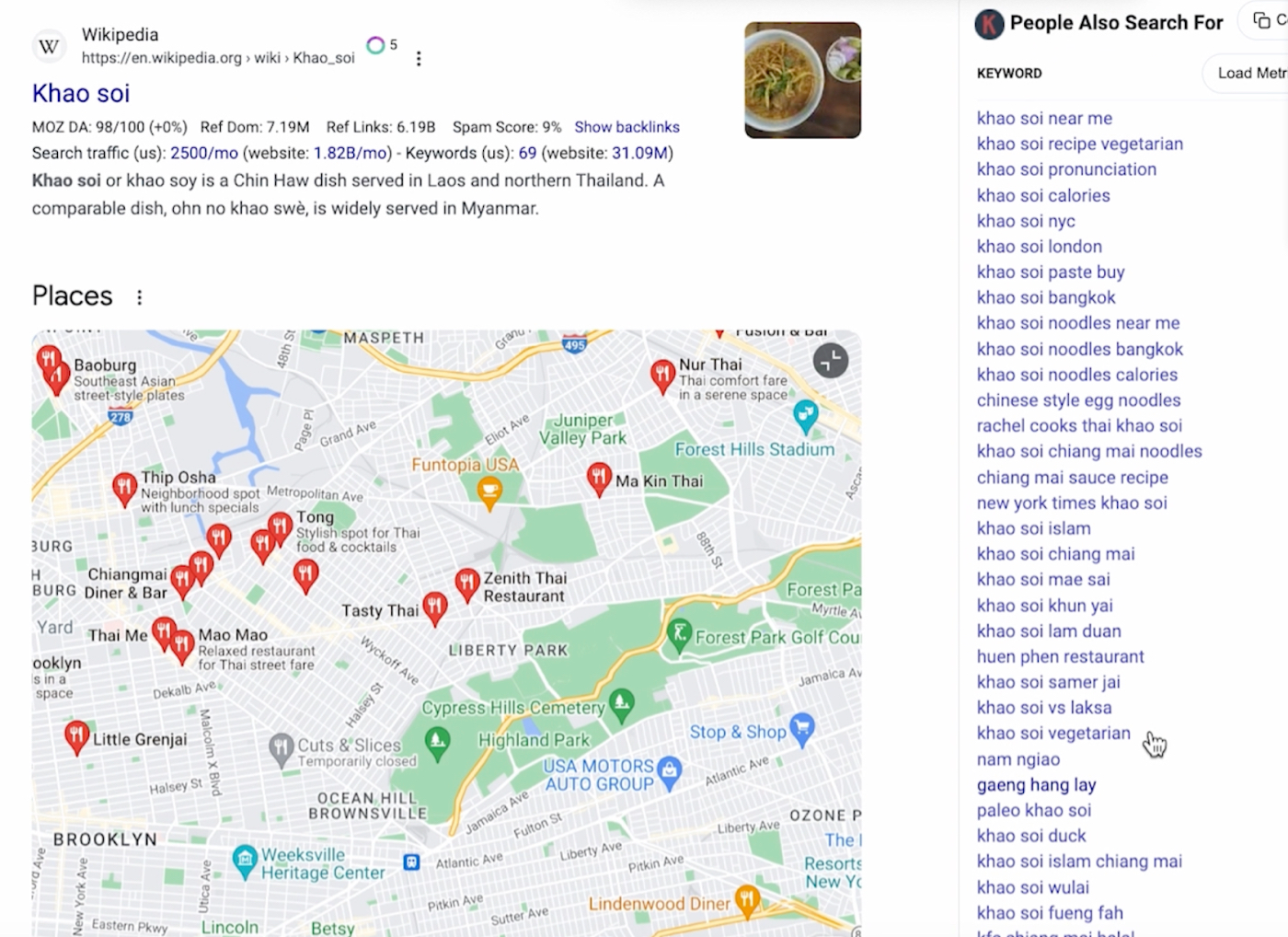

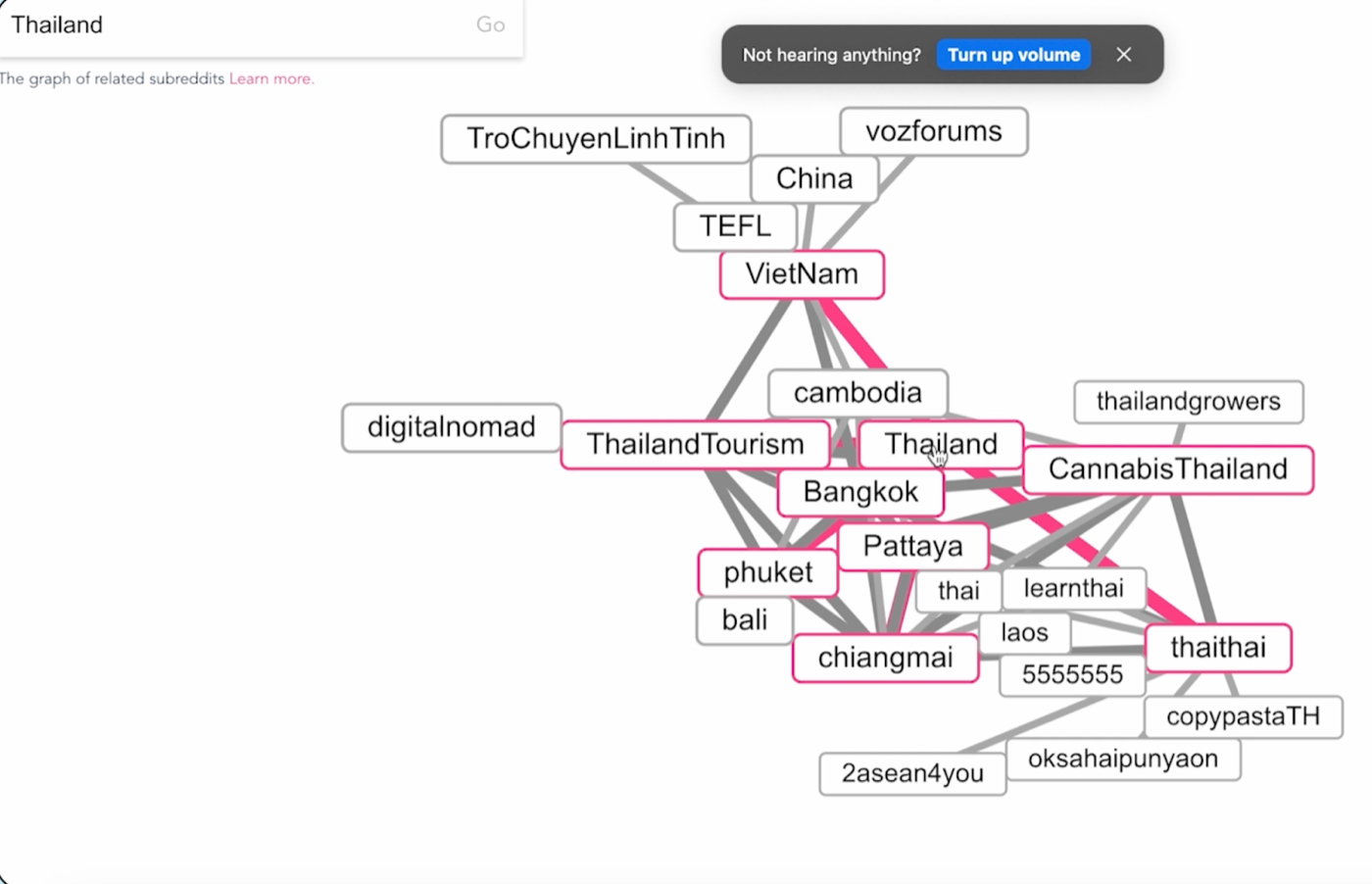
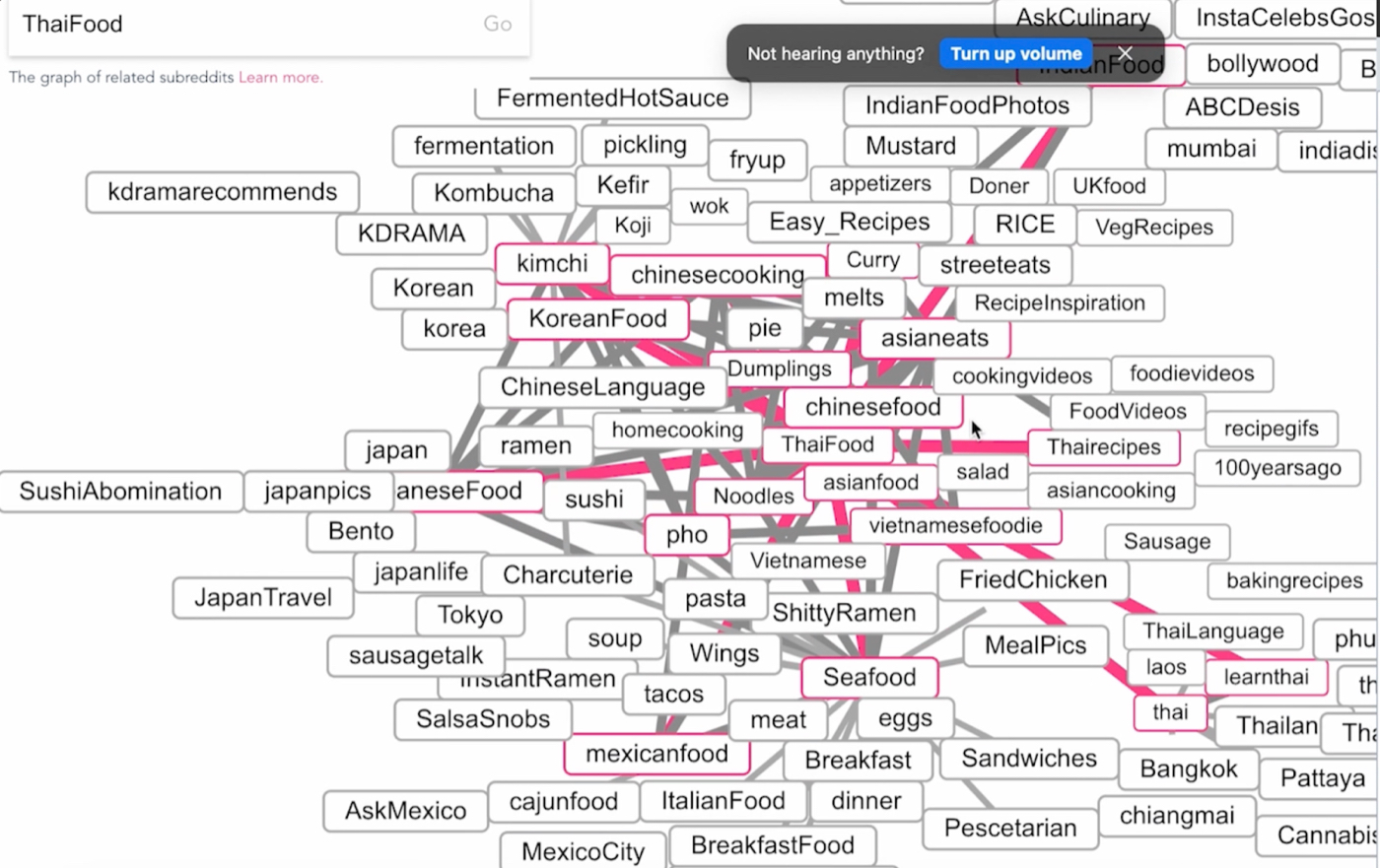
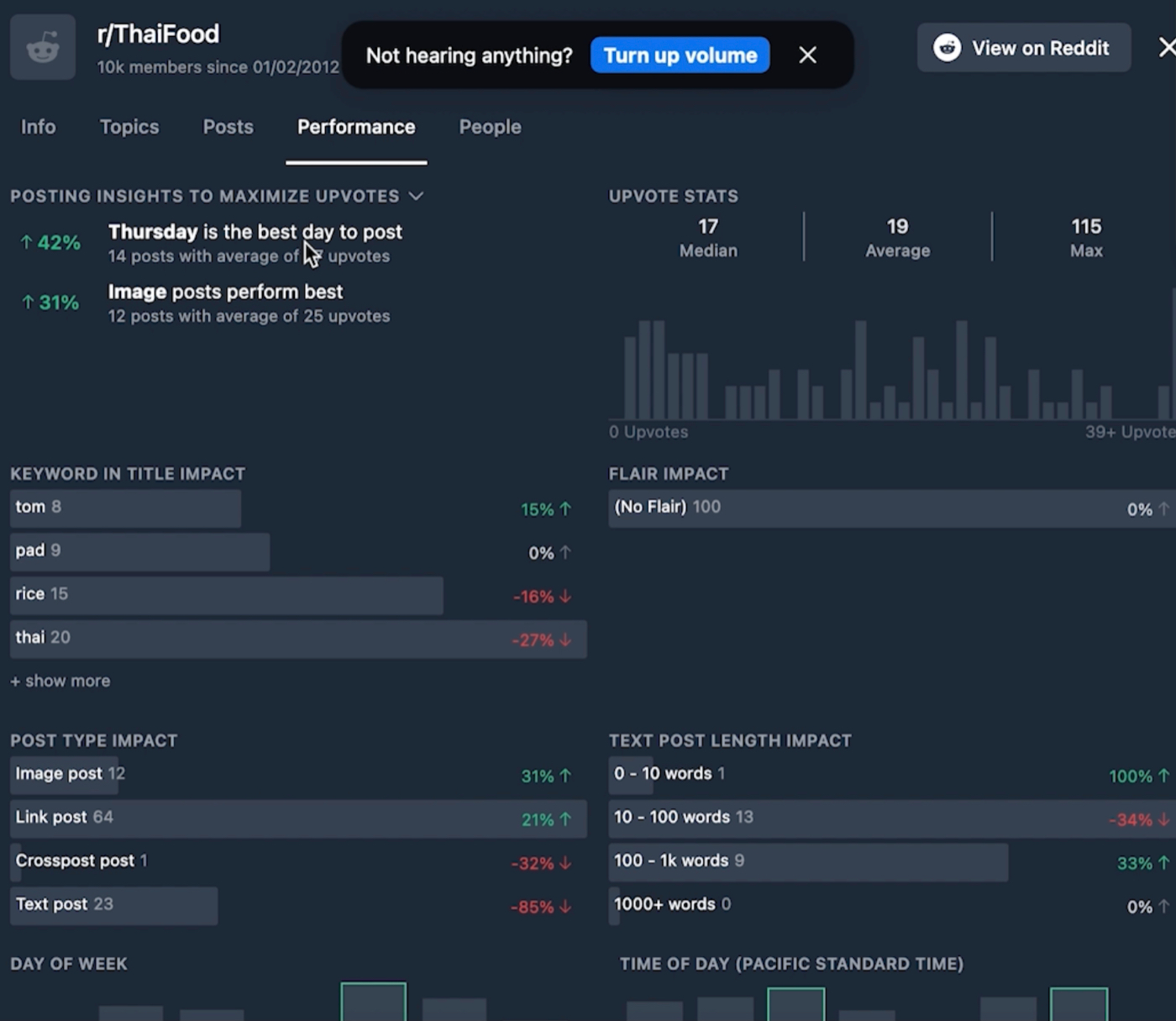

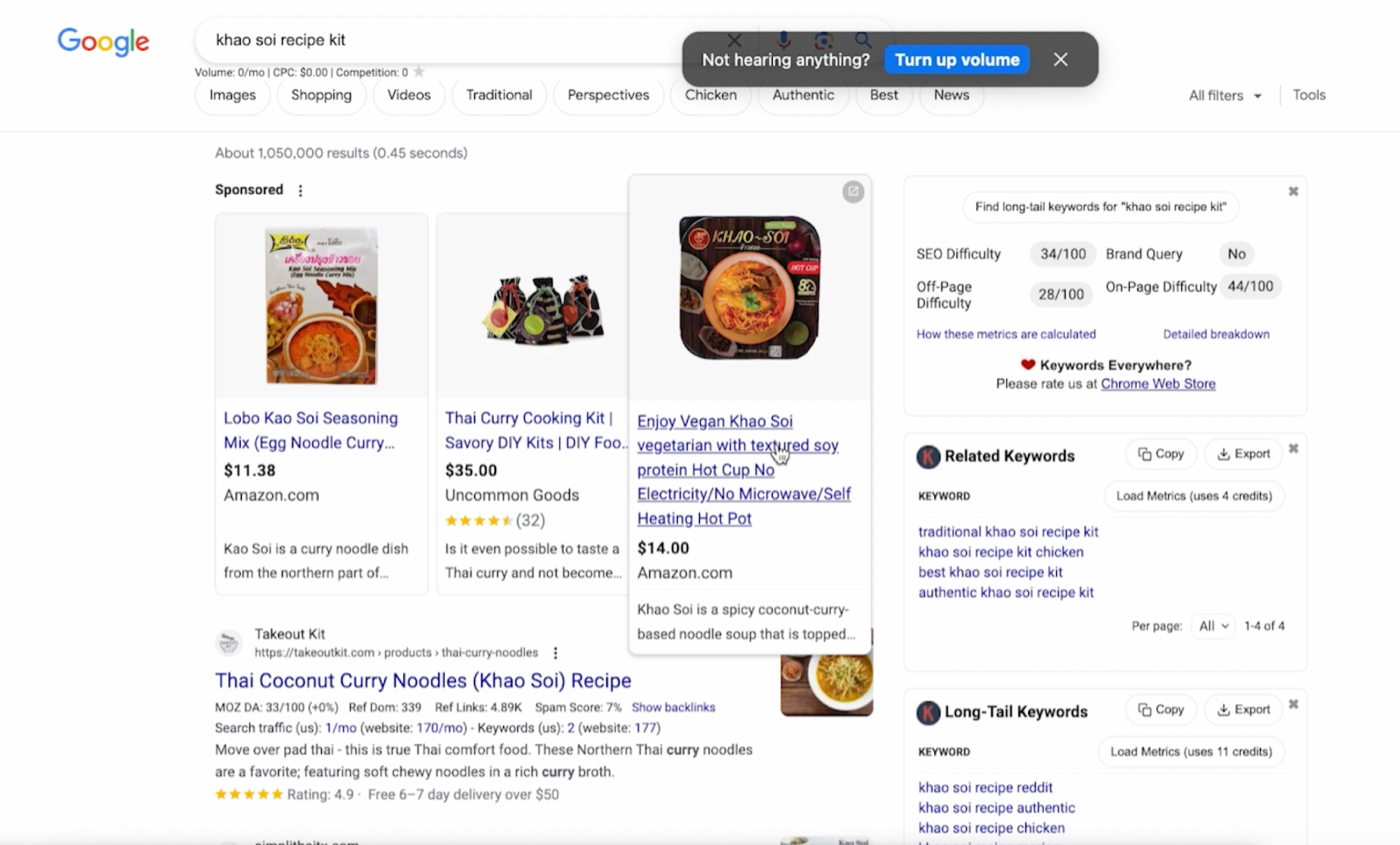
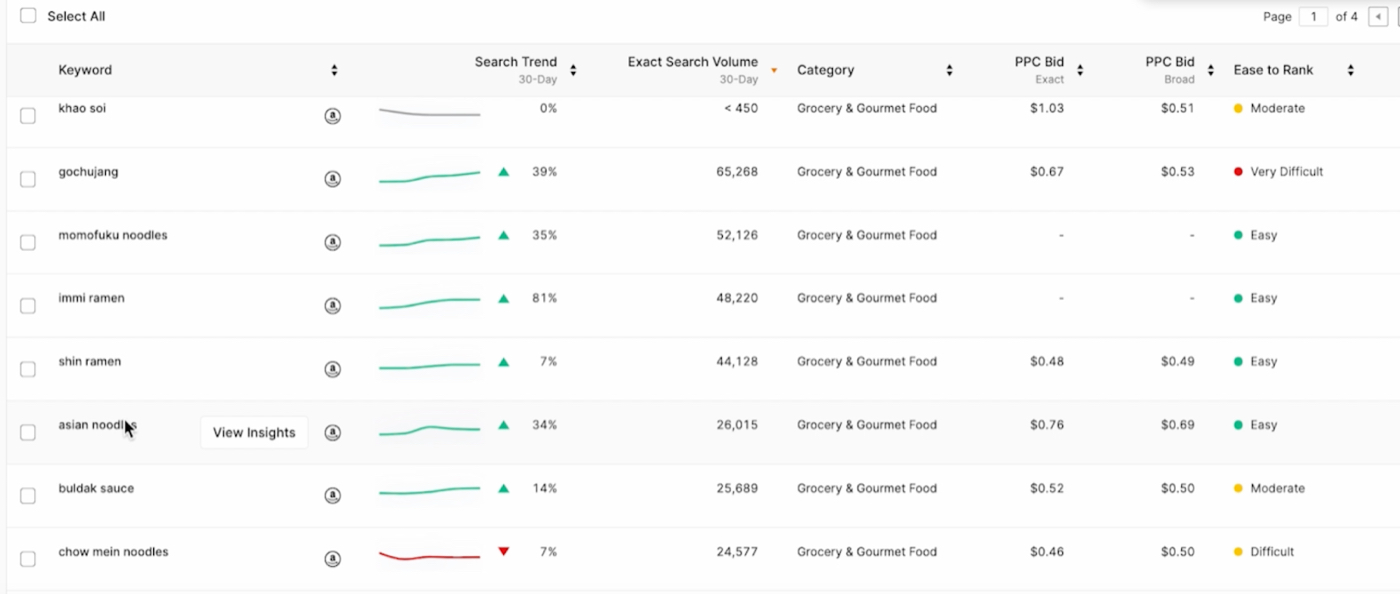
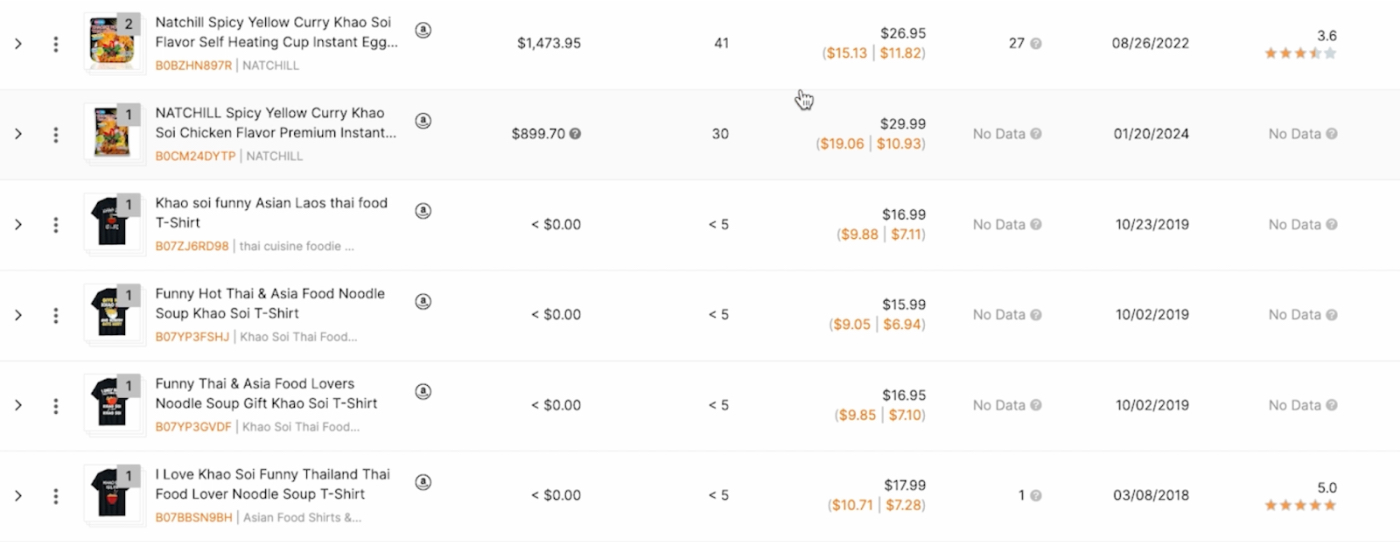
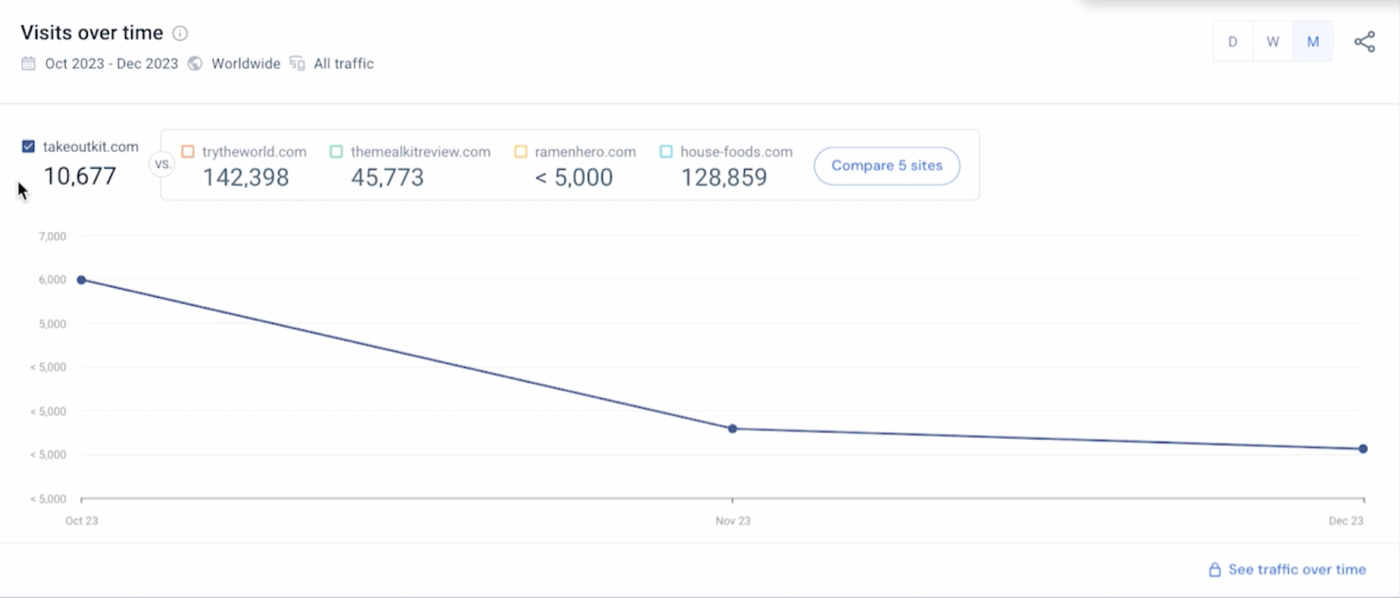








.png)


Comments
Don't have an account? Sign up!
Yes I'd love to see all the prompts in one place.
Yes I'd love to see all the prompts in one place
Yes, I also want all the prompts in one place.
Super stunning read and great tool choice incorporation.